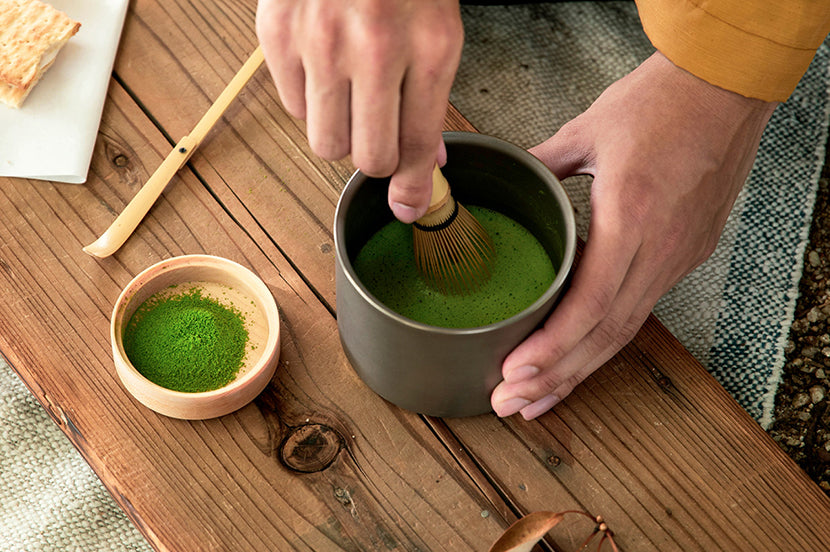The Japanese Tea Ceremony is a tradition of rich significance and heritage.
First practiced in Japan in the 9th century, the ceremony is known as sadō/chadō or “The Way of Tea.” In Japan, each ceremony creates a feeling of hospitality for guests by preparing and serving matcha in a beautiful and thoughtful way.
Rooted in Zen Buddhism, the ceremony evolved over the centuries to become a meticulous art form that epitomizes four qualities of Japanese life and culture: wa (harmony), kei (respect), sei (purity), and jaku (elegance and tranquility). Every action and movement throughout the tea ceremony is deliberate, considered, and completed in careful order.
“It insulates purity and harmony, the mystery of mutual charity, the romanticism of the social order. It is essentially a worship of the Imperfect, as it is a tender attempt to accomplish something possible in this impossible thing we know as life.” - Okakura Kakuzō
Tea ceremonies take place in the tea house, a separate space designed specifically for the traditional practice. Tea houses are constructed with great care and consideration. Each one features tatami mats, an alcove called the tokonoma, and a small recessed fireplace for use during the winter.
Two kinds of matcha are traditionally served at tea ceremonies: thick tea called koicha and thin tea called usucha. Thin tea is more commonly served during abbreviated ceremonies, which are more common today. During longer, more formal ceremonies called chaji, traditional sweets called wagashi are served first, then guests enjoy koicha, followed by usucha towards the end.
The methodical, artistic approach to the tea ceremony exemplifies Japanese culture. This same approach informs many of the designs behind Snow Peak products. Thoughtful design rooted in heritage is at the heart of the brand.

In case you missed it: this week’s Winter Festival limited-edition release included three kinds of Japanese tea; Hitotsubo Genmai-Chai, Sen-Cha and Hoji-Cha.
Sources:
http://japanese-tea-ceremony.net/
https://www.britannica.com/topic/tea-ceremony
https://www.worldhistory.org/Japanese_Tea_Ceremony/
https://www.roughguides.com/article/a-rough-guide-to-the-japanese-tea-ceremony/


